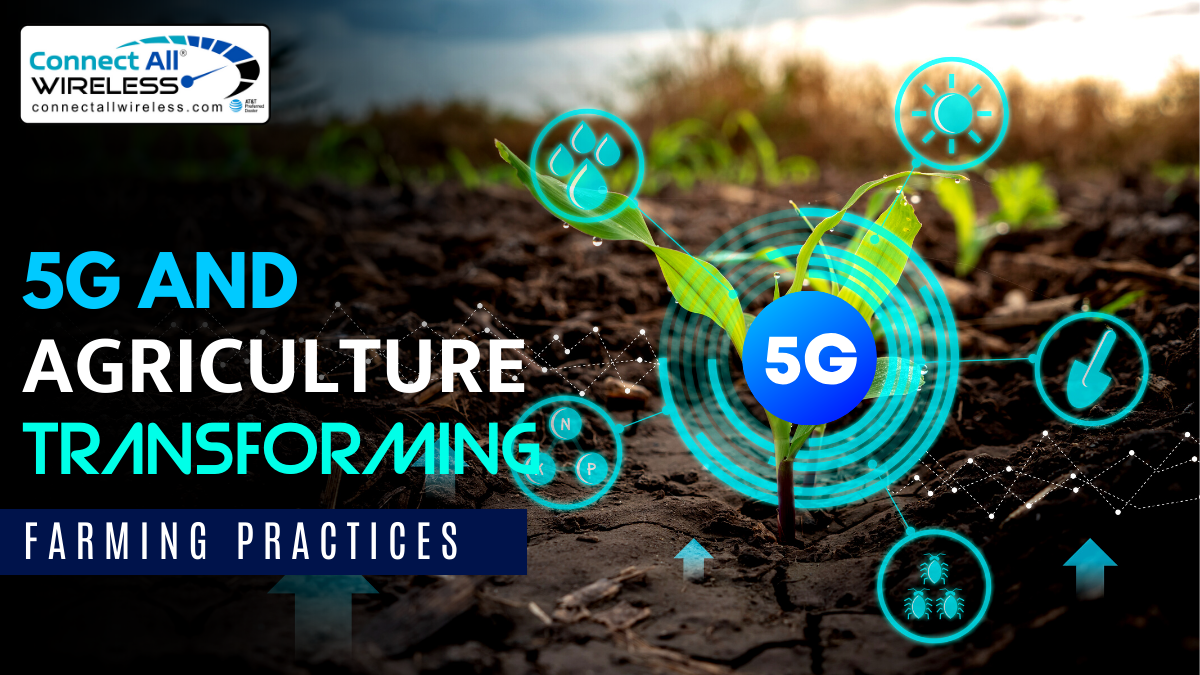5G and Agriculture: Transforming Farming Practices
January 12, 2024In the midst of the digital revolution, a groundbreaking technology is poised to redefine the landscape of agriculture: 5G connectivity. As the world faces the challenges of feeding an ever-growing population, the integration of 5G into farming practices offers a glimpse into a more efficient, sustainable, and productive future for agriculture.
1. Enhanced Connectivity for Smart Farming
At its core, 5G technology promises lightning-fast speeds and remarkably low latency, which are revolutionary for the agricultural sector. With the ability to connect a vast array of devices and sensors in real-time, farmers can gather, analyze, and act upon data more swiftly and accurately than ever before.
2. Precision Agriculture Revolutionized
The advent of 5G heralds a new era for precision agriculture. By deploying a network of sensors and drones across fields, farmers can monitor crop health, soil conditions, and weather patterns with unprecedented detail and accuracy. This granular data empowers farmers to optimize resource allocation, adjust irrigation schedules, and apply fertilizers precisely where needed, thereby minimizing waste and maximizing yields.
3. Autonomous Machinery and Efficiency
5G’s ultra-low latency enables seamless communication between autonomous machinery and centralized systems. This facilitates the deployment of driverless tractors, harvesters, and drones, reducing labor demands and operational costs. These machines can work tirelessly around the clock, ensuring timely and precise execution of tasks, thereby boosting efficiency in farm operations.
4. Real-Time Decision Making
The real-time data transmission capabilities of 5G enable farmers to make informed decisions instantly. By harnessing data analytics and artificial intelligence, farmers can receive immediate insights into crop conditions, pest infestations, or equipment malfunctions, allowing for swift action to mitigate potential losses or issues.
5. Sustainability and Environmental Impact
One of the most promising aspects of integrating 5G into agriculture is its potential to enhance sustainability. By optimizing resource usage, minimizing chemical applications, and reducing energy consumption through streamlined operations, 5G-driven farming practices can significantly lower the environmental impact of agriculture.
Conclusion
In the heart of agricultural innovation, the integration of the best 5G in Michigan heralds an unprecedented era of transformation for farming practices. This cutting-edge technology, with its remarkable connectivity and data processing capabilities, stands as a beacon of hope for the future of agriculture. By enabling precision farming through real-time monitoring, autonomous machinery, and data-driven decision-making, 5G is revolutionizing the way farming operations are conducted.
The potential to optimize resource usage, minimize waste, and enhance sustainability holds promise for not only increasing productivity but also ensuring a more environmentally conscious approach to farming. As 5G continues to advance and expand its reach across Michigan’s agricultural landscape, it’s clear that this powerful technology will play a pivotal role in shaping a more efficient, connected, and sustainable future for farming practices.


